Our school with your words
#this is brilliant | #incredible | #just what I needed
Sebastian
Pink Pearl Parent Guru
His Story
At just 5 years old, Sebastian and his siblings were placed in foster care, while his mum received treatment for cancer. This was an experience that shaped his understanding of how children navigate loss and adapt to new surroundings. His memories from that time offer a unique and personal insight into the emotional challenges faced by children in care.
Throughout his childhood, Sebastian encountered all 10 Adverse Childhood Experiences (ACEs)—factors known to increase the likelihood of emotional difficulties later in life. Despite these challenges, with the support of a strong network and time, he transformed potential obstacles into strengths.
Sebastian came out as gay at 18, and for many years, he believed marriage and family life were out of reach. Although he thrived professionally in designing learning programmes, he struggled with his mental health throughout his early twenties.
With the unwavering support of his family and friends, Sebastian found a renewed perspective on life, rebuilt his mental health, and went on to develop a successful career in learning and development.
In 2020, Sebastian and his husband, Patrick, became foster carers, opening their home and hearts to children in care.
Now in his 40s, after attending both inspiring training workshops and less engaging online courses, Sebastian decided to merge his 25 years of expertise in learning and development with his lived experience as a foster carer. His goal? To create practical, focused online courses that equip foster carers and parents with the tools they need to support children in their care.
Patrick
His Story
After a successful career in the fast-paced service industry, where he thrived under pressure, Patrick began his journey into fostering.
He used his experience to co-develop a Work Experience and Development programme with the charity United Response, helping people with special needs or who are neurodivergent gain valuable skills and employment opportunities.
While working with the charity, Patrick saw first-hand how the right support can transform lives. This deeply resonated with him and changed his perspective on fostering.
Patrick and Sebastian always dreamed of having children, initially thinking they would adopt. However, Patrick's work highlighted the unique challenges faced by children in the care system, who always have always experienced some level of trauma. He realised that supporting these children would require the same kind of personalised, compassionate care he had seen succeed at the charity. This understanding made fostering the clear choice for their family.
Patrick knew that children who have been through trauma need flexible and adaptable care, along with caregivers who can respond to their changing needs. His professional and personal experiences have prepared him well for this important role.
Friends and colleagues describe Patrick as calm, thoughtful, patient, and intelligent. These qualities make him a steady presence both at work and at home, helping him stay objective and level-headed even in emotional situations.
Being diagnosed with ADHD at the age of 40 gave Patrick personal insight into the challenges faced by neurodivergent individuals. This has deepened his understanding of how misunderstandings can occur between neurodivergent and neurotypical perspectives. He recognises that a child's difficult behaviours—like acting out, tantrums, or seeming lazy—often hide deeper struggles and need empathy and understanding.
Patrick has developed his parenting skills by blending therapeutic parenting techniques with practical, traditional methods. He also draws on management strategies from high-pressure work environments and his experience supporting people with special needs or neurodiversity. This unique mix of skills helps Patrick navigate the complexities of fostering with resilience, adaptability, and compassion.
Online education as it should be
Study with us
Policies
Awards & Recognition
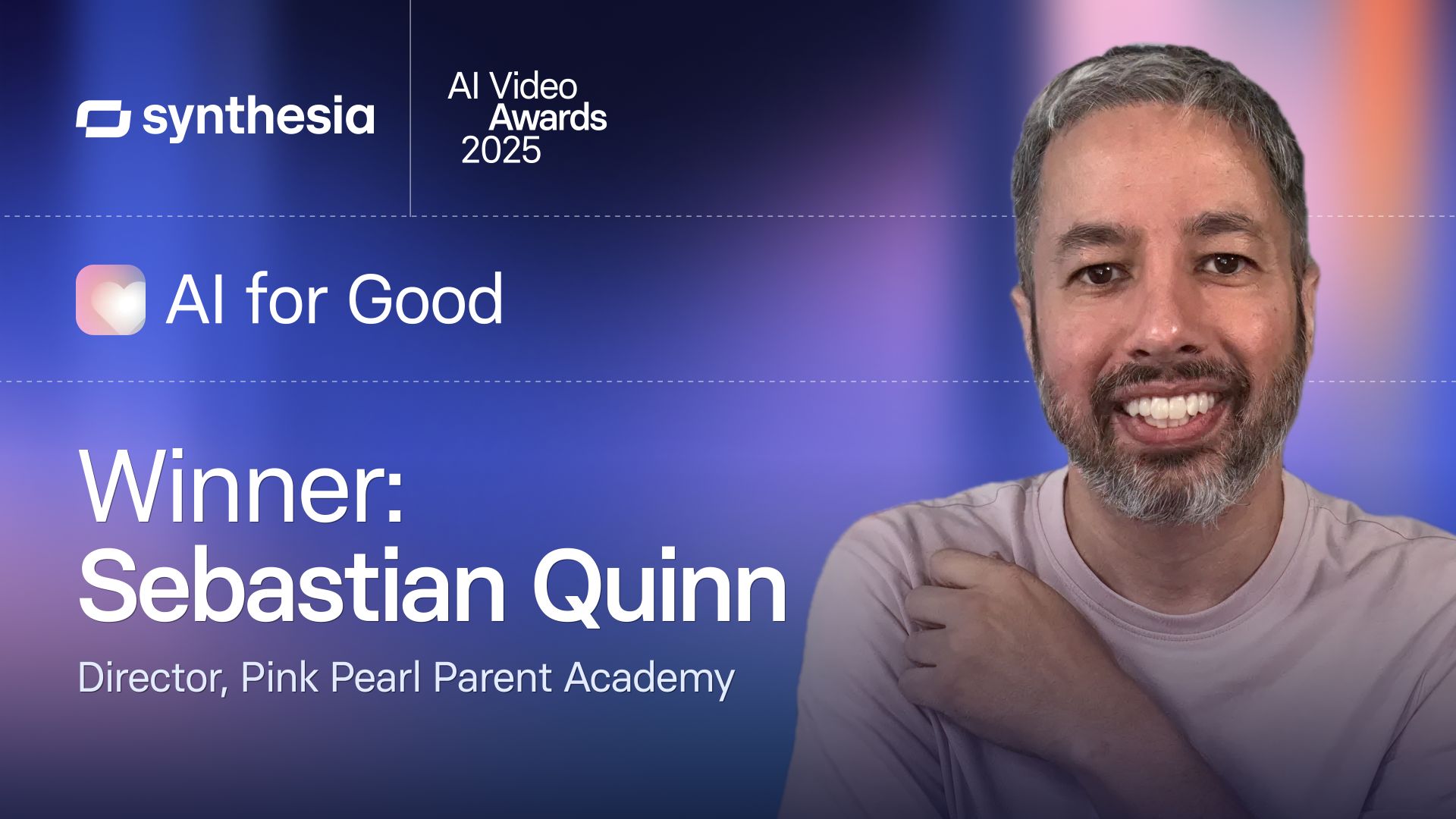

What this pearl is all about
What you could say in the moment
(Said softly, perhaps while offering a reassuring hand on the shoulder if welcomed, conveying that you are not angry and will stay by the child’s side until the emotional waves settle.)
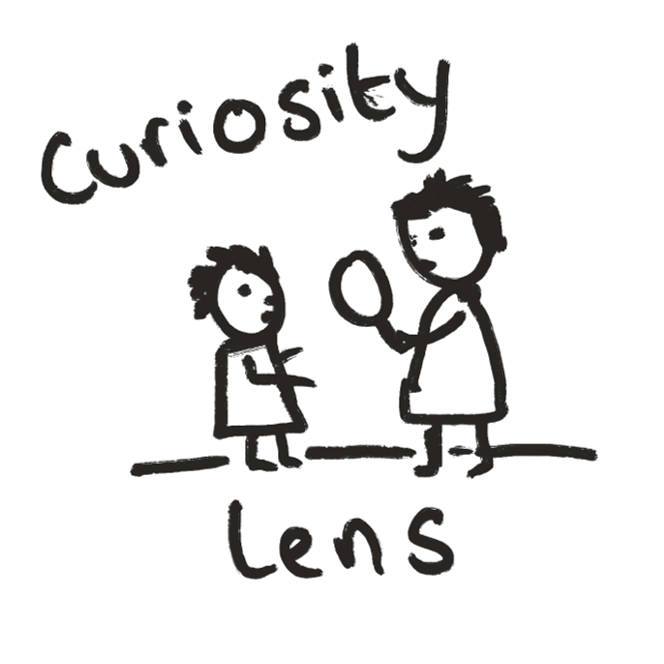
What this pearl is all about
What you could say in the moment
(This phrasing invites the child to explain, without outright accusing them of lying. It uses "I wonder" instead of "You’re lying", signalling curiosity. You might even playfully put on “magic truth glasses” with your fingers, if age-appropriate, to lighten the moment and show the child they’re not angry.)
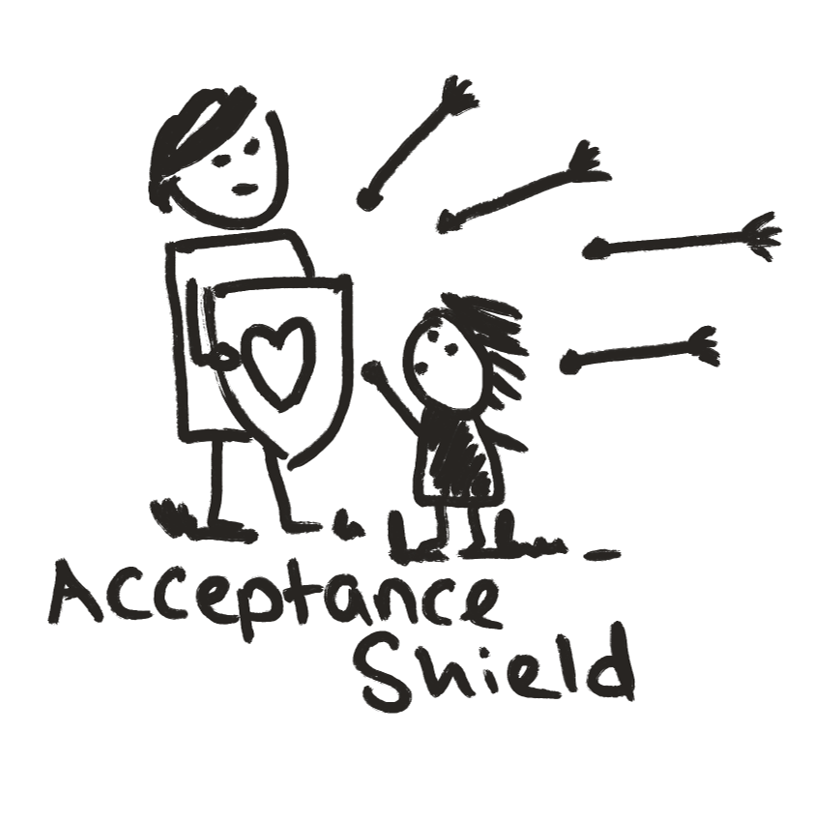
What this pearl is all about
What you could say in the moment
(This script explicitly assures the child of your enduring acceptance. Phrases like “no matter what” and “nothing will change that” directly address fear of rejection. You might literally open your arms like a shield or put an arm around the child if appropriate, to physically reinforce the feeling of protection and safety.)
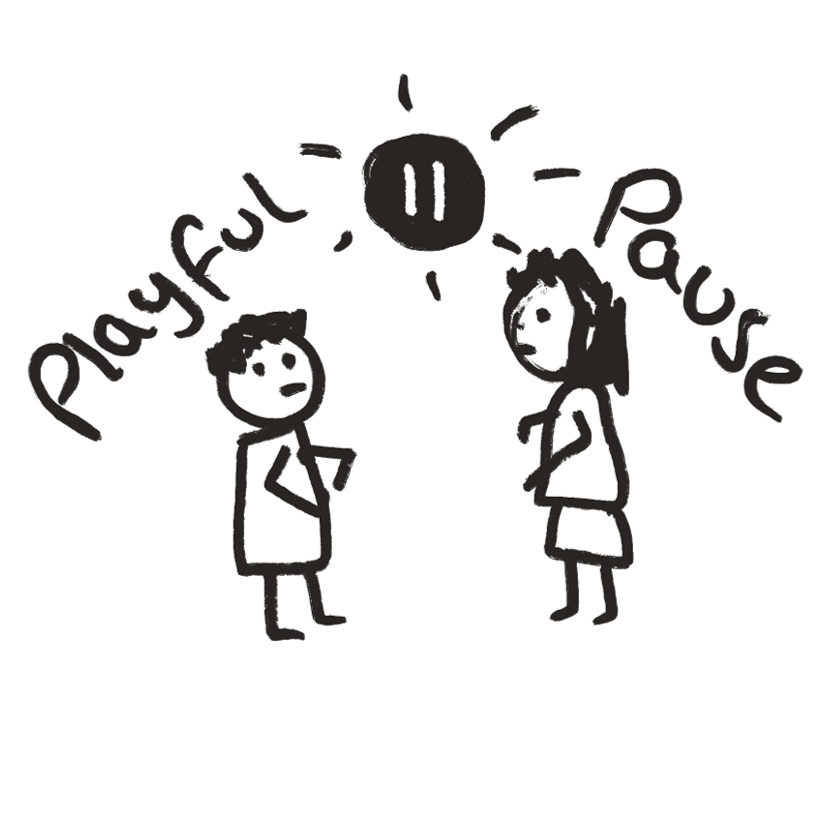
What this pearl is all about
What you could say in the moment
In this playful script, you create a tiny imaginative game (“Defiance Dragon”) to externalise the child’s defiance as something we can team up against playfully. The exact script can vary widely by age (for a teenager, humour might be more understated, like you suddenly doing a goofy dance and saying “Ugh, what a morning – shall we hit reset and start over?” with a grin). The essence is to surprise the child out of the stuck position with levity. Your willingness to be a bit silly shows the child it’s safe to drop their guard. Once the child smiles or giggles, even briefly, the emotional climate shifts – we (you and the child) are connected again, and the task or issue can often be revisited with less resistance.
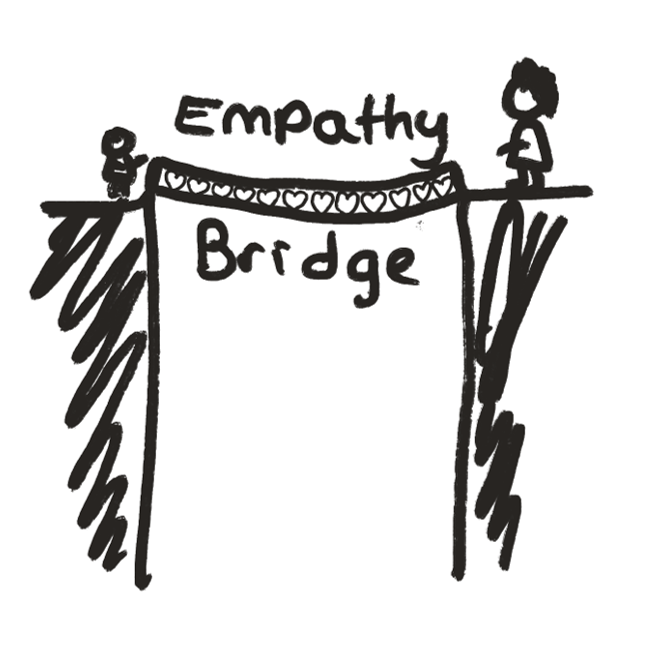
What this pearl is all about
What you could say in the moment
(In this script, you're naming and normalising the child’s likely feelings, showing empathy: “I’d feel the same if I were in your shoes.” There’s also an explicit assurance of presence: “I’m here… I’m not going anywhere,” which is crucial for a child worried about being given up on. The tone is gentle, not demanding a response. You might sit quietly nearby, or leave a soft toy or drawing materials as an invitation. The child then knows the bridge is there whenever they are ready to cross back into interaction. Even if the child doesn’t respond immediately, such messages sink in and over time the child will trust that the carer truly cares and empathises with them.)

